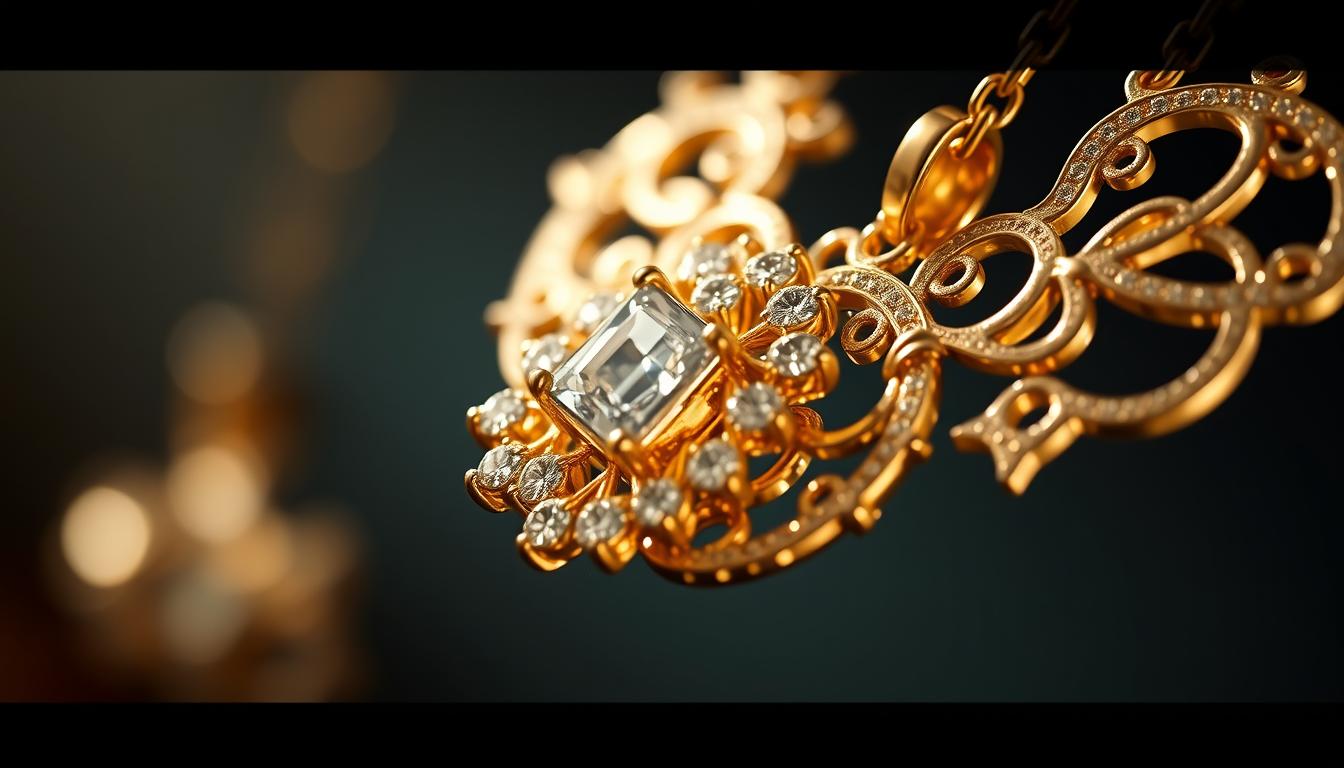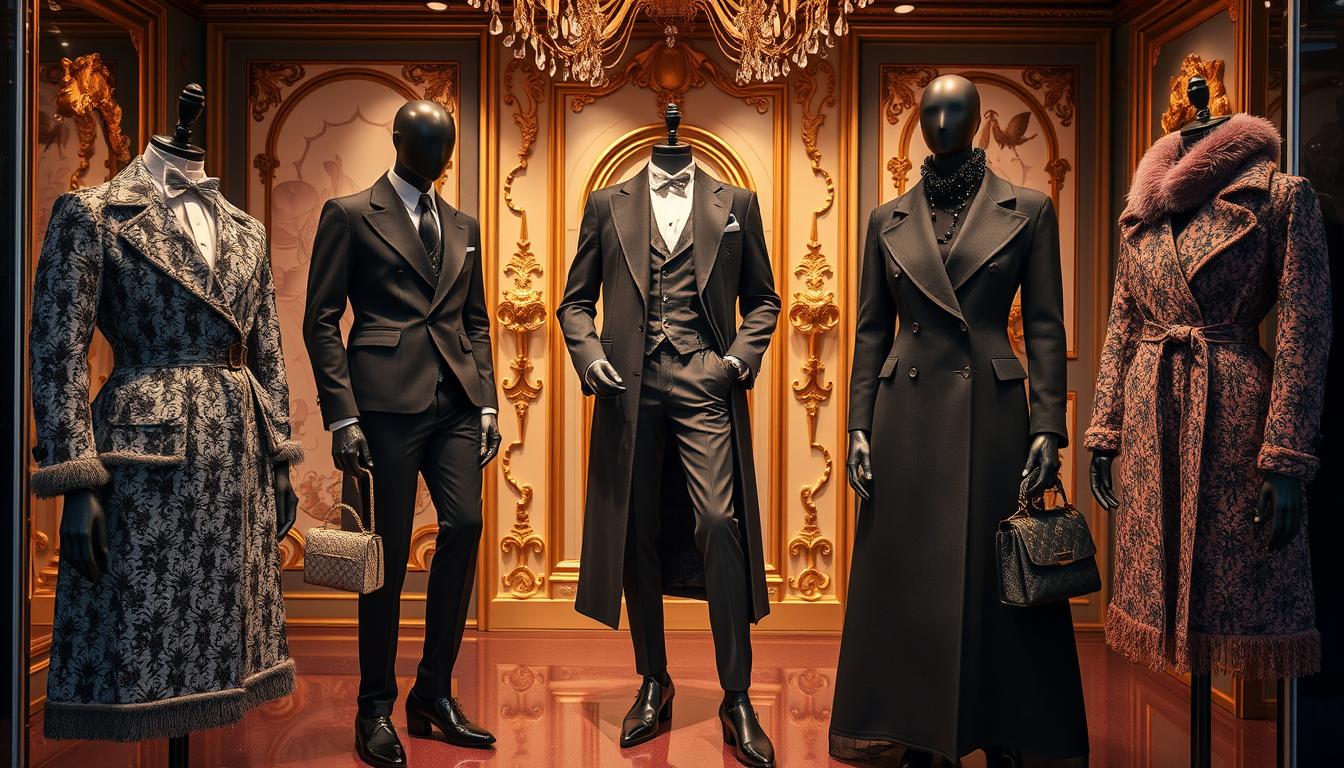The luxury jewelry market is on a trajectory to reach approximately $84.6 billion in 2024, with projections indicating a growth to around $112 billion by 2029. This substantial growth is driven by an increasing demand for unique, personalized jewelry pieces and a heightened appreciation for artisanal craftsmanship.
We are witnessing a fascinating evolution in the world of luxury jewelry, where traditional techniques meet contemporary innovations. The value of high jewelry lies not only in its beauty but also in the exceptional quality and meticulous attention to detail that master artisans bring to each piece.
As we explore this captivating realm, we will examine what makes these extraordinary pieces worthy of their prestige and substantial price tags. We’ll delve into the techniques and processes that distinguish high jewelry from mass-produced alternatives.
Key Takeaways
- The global luxury jewelry market is expected to grow significantly by 2029.
- Personalized and unique jewelry pieces are driving market growth.
- Artisanal craftsmanship is highly valued in the luxury jewelry sector.
- High jewelry is characterized by exceptional quality and attention to detail.
- The evolution of luxury jewelry combines traditional techniques with modern innovations.
The Evolution of Luxury Jewelry
From ancient civilizations to modern times, the evolution of luxury jewelry reflects the artistry, craftsmanship, and exclusivity that define this elite industry. As we journey through the history of high jewelry, we observe how it has transformed from being a privilege of royalty to becoming a global phenomenon, captivating the hearts of connoisseurs and collectors worldwide.
Distinguishing High Jewelry from Other Categories
High jewelry stands out for its exceptional quality, use of precious gemstones, and bespoke designs. Unlike fashion jewelry or mass-produced pieces, high jewelry is characterized by its exquisite craftsmanship and the use of only the finest materials. The distinction between high jewelry and other categories like fine jewelry lies in its exclusivity and rarity, making it highly coveted.
- Exceptional quality and craftsmanship
- Use of precious gemstones and rare materials
- Bespoke designs that reflect individuality
The Global Market for Exceptional Pieces
The global market for high jewelry is experiencing significant growth, driven by an increasing demand for exclusive and rare pieces. According to industry trends, the market is expanding beyond traditional clientele to include new demographics and geographies.
This shift is attributed to the rising affluence in emerging markets and the growing interest in luxury goods among younger generations. As a result, luxury jewelry brands are adapting their strategies to cater to this evolving consumer landscape, emphasizing online presence and personalized experiences.
Premium Craftsmanship in High-End Jewelry
At the heart of luxury jewelry lies an unwavering commitment to premium craftsmanship in high-end jewelry. This dedication to excellence is what transforms precious materials into wearable masterpieces.
We understand the importance of showcasing the meticulous craftsmanship behind luxury jewelry pieces through compelling content and visuals.
The Artistry Behind Each Masterpiece
The creation of high-end jewelry is a labor of love, requiring artisans to invest years in mastering intricate techniques. Hand-finishing techniques such as stone setting, polishing, and engraving are crucial in distinguishing premium craftsmanship.
Hand-Finishing Techniques
These techniques involve a high level of skill and attention to detail, ensuring that each piece is not only beautiful but also a testament to the artisan’s expertise.
Precision and Attention to Detail
Precision is paramount in high-end jewelry, where even the smallest elements are executed with perfect symmetry and alignment.
Time-Intensive Production Processes
The production of luxury jewelry is often a time-intensive process, sometimes requiring hundreds of hours to complete a single piece. This is reflected in the quality and price of the final product.
| Craftsmanship Aspect | Description | Time Requirement |
|---|---|---|
| Design Conceptualization | Involves creating initial designs and prototypes. | Several days to weeks |
| Hand-Finishing Techniques | Includes stone setting, polishing, and engraving. | Days to months |
| Quality Control | Ensuring each piece meets high standards. | Ongoing throughout production |
Each piece undergoes multiple stages of quality control to ensure perfection, making every creation a true masterpiece.
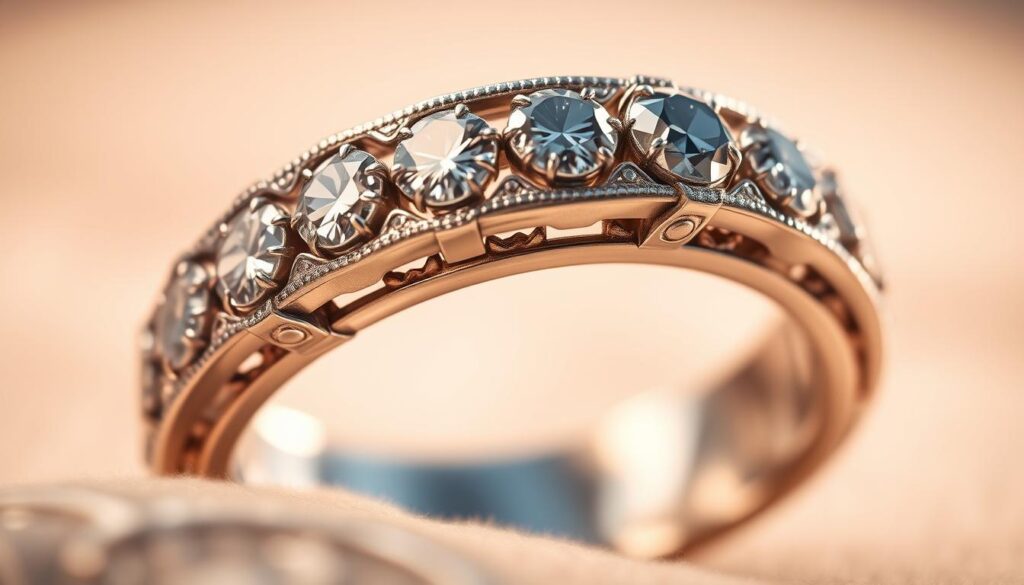
Precious Materials That Define Luxury
The essence of luxury jewelry lies in the meticulous selection of precious materials that form the foundation of these extraordinary creations. We examine how the finest metals and gemstones come together to create pieces that are truly exceptional.
Noble Metals as the Foundation
Noble metals such as platinum and gold are the backbone of high-end jewelry, providing both durability and a canvas for intricate designs. These metals are chosen for their ability to enhance the beauty of the gemstones they support.
Platinum and Gold Standards
The use of platinum and gold in luxury jewelry is governed by strict standards, including purity levels and alloy compositions. For instance, platinum is often used for its strength and durability, while gold is prized for its malleability and distinctive color.
Innovative Metal Treatments
Modern jewelry makers are also exploring innovative metal treatments that create unique textures and finishes. These techniques not only enhance the aesthetic appeal of the jewelry but also reflect a blend of traditional craftsmanship and contemporary innovation.
Exceptional Gemstones and Their Selection
At the heart of luxury jewelry are exceptional gemstones, including the “big four” precious gems: diamonds, sapphires, rubies, and emeralds. The selection of these stones is based on rigorous criteria, including color, clarity, cut, and carat weight.
The Four Precious Gems
Diamonds are renowned for their brilliance, while sapphires, rubies, and emeralds are valued for their vibrant colors. Each of these gemstones has unique characteristics that make them highly prized in luxury jewelry.
Rare and Unique Colored Stones
Beyond the traditional precious gems, rare colored stones are also highly sought after for their unique beauty. These stones can add an extra layer of exclusivity and personalization to luxury jewelry pieces.
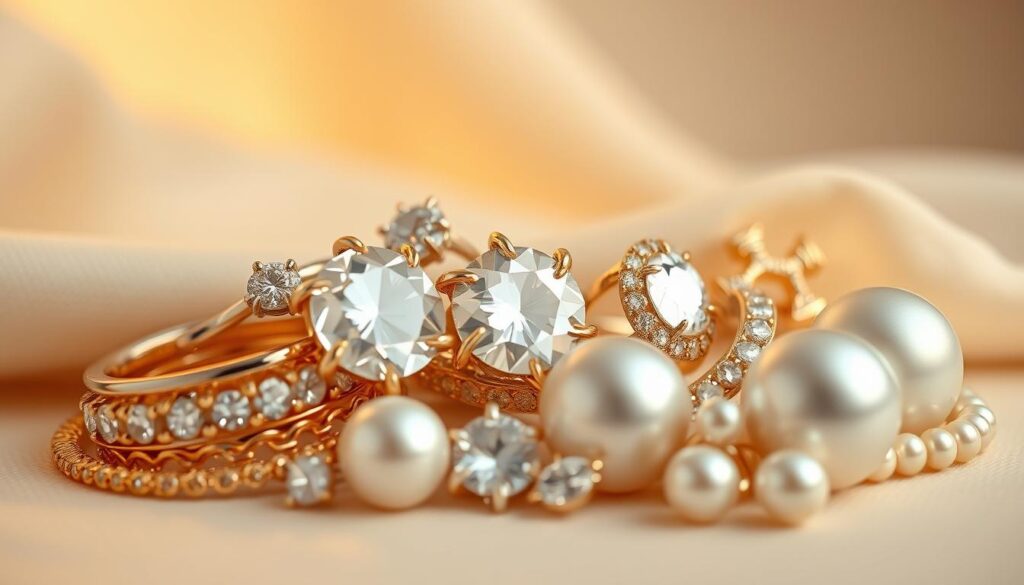
The Master Artisans Behind Luxury Creations
Behind every luxury jewelry piece lies the dedication and skill of master artisans. These individuals invest years in mastering intricate techniques, from hand-setting gemstones to perfecting designs inspired by cultural heritage. Their expertise adds to the exclusivity and value of each piece, representing the culmination of specialized knowledge and training that cannot be replicated by machines.
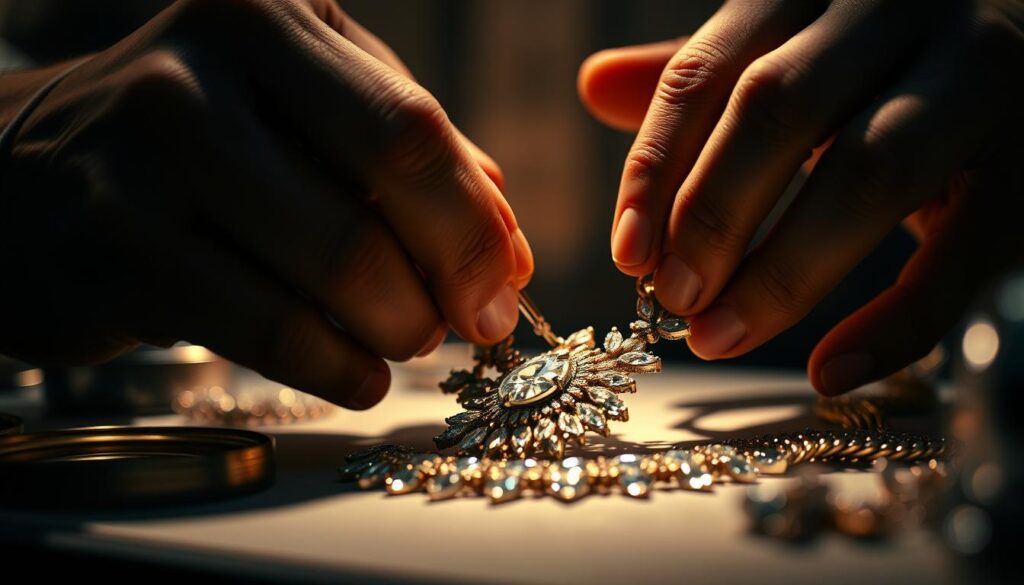
Years of Training and Specialized Expertise
Master artisans undergo rigorous training, developing their skills through education, mentorship, and practice. This training enables them to achieve mastery over techniques that may date back centuries. The specialized expertise of these craftspeople is evident in various roles within the jewelry creation process, including designers, stone setters, and engravers.
Preserving Traditional Skills in a Modern World
In a world dominated by mass production and automation, master artisans preserve traditional skills that might otherwise be lost. They balance reverence for tradition with innovation, adapting ancient techniques to create modern designs. This blend of old and new ensures that each piece of luxury jewelry is not only beautiful but also a testament to the artisan’s creativity and skill. For more insights into the craftsmanship behind luxury items, we can explore related topics such as the craftsmanship of luxury watches and jewelry.
- The journey of master artisans from apprentices to experts.
- The role of specialized expertise in jewelry creation.
- The preservation of traditional skills in modern luxury jewelry.
Iconic Jewelry Houses and Their Signature Craftsmanship
Iconic jewelry houses are renowned for their exceptional craftsmanship and timeless designs. These legendary brands have defined excellence in the luxury jewelry market for generations, developing signature techniques and aesthetic identities that make their creations instantly recognizable.
Tiffany & Co.: American Excellence
Tiffany & Co. is celebrated for its commitment to exceptional craftsmanship and innovation. The brand’s revolutionary approach to diamond setting and its influential designs have shaped jewelry aesthetics worldwide.
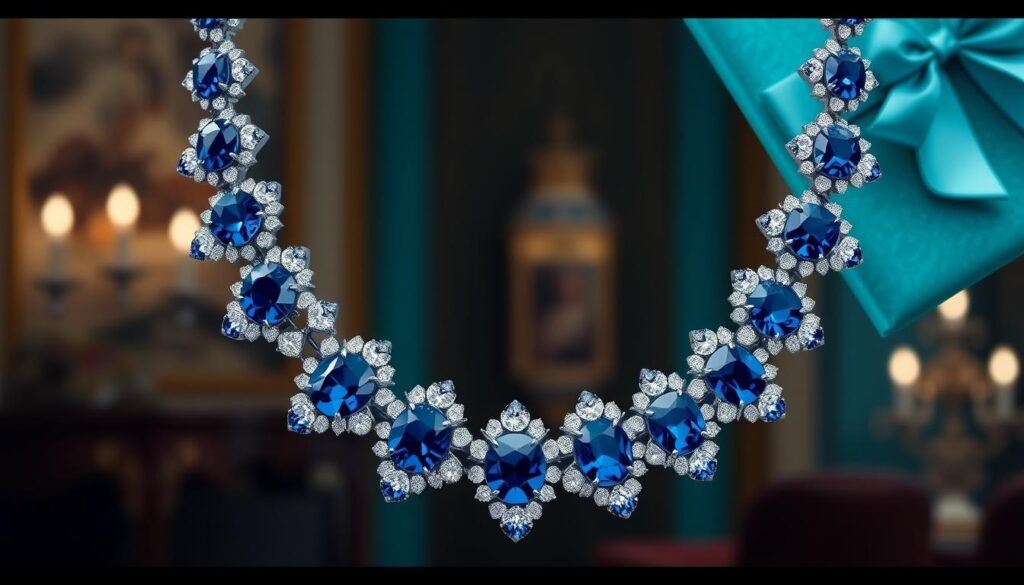
Van Cleef & Arpels: French Artistic Innovation
Van Cleef & Arpels is distinguished by its French artistic innovation, including the patented Mystery Setting technique and transformable jewelry pieces that showcase extraordinary technical mastery alongside poetic design sensibilities.

Cartier: Timeless Elegance and Precision
Cartier is revered for its legacy of timeless elegance and precision, balancing technical excellence with bold creative vision to create iconic collections that have adorned royalty and celebrities for over a century.
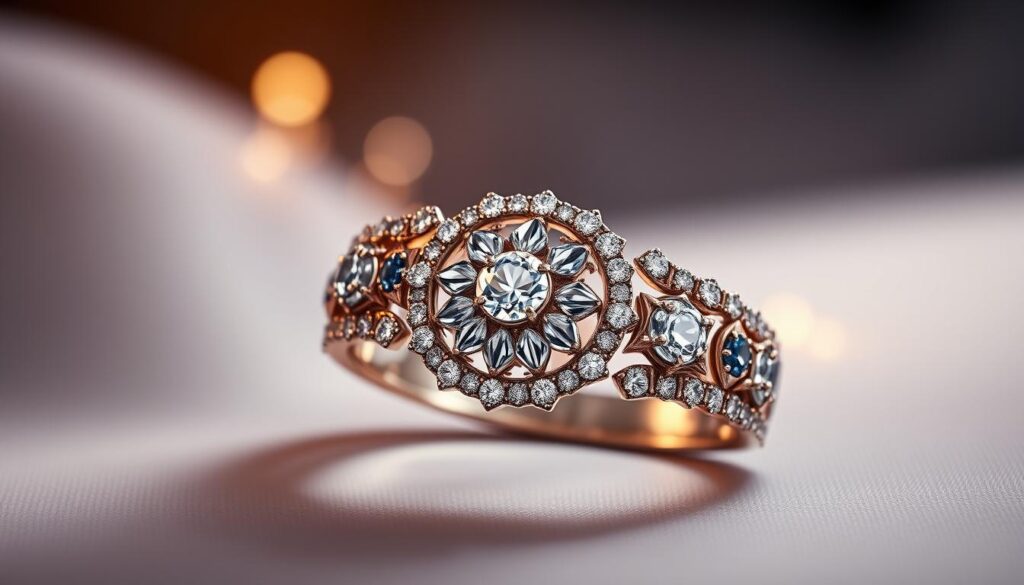
These iconic jewelry houses not only maintain their heritage but also evolve to meet contemporary tastes, balancing tradition and innovation in both design and craftsmanship. Their influence on the broader jewelry industry sets standards for quality, creativity, and beauty.
Emerging Trends in High-End Jewelry Design
As we look to the future, emerging trends in high-end jewelry design are redefining luxury with a focus on heritage and sustainability. The luxury jewelry market is evolving, driven by consumer demand for unique, timeless pieces that not only reflect exceptional craftsmanship but also tell a story.
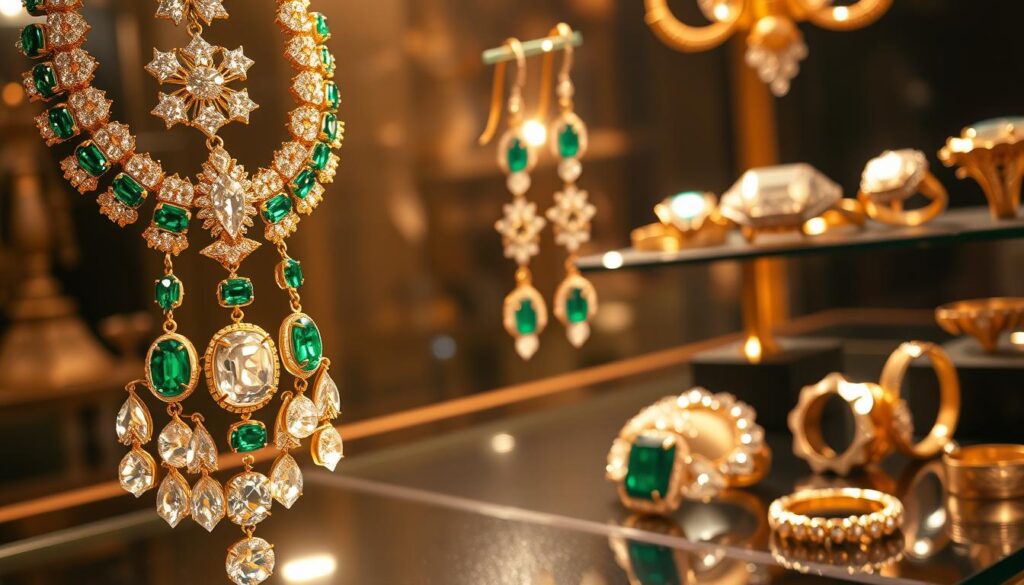
Revival of Heritage Techniques and Classic Styles
The revival of heritage techniques is a significant trend, with jewelry brands rediscovering traditional methods to create pieces with historical resonance. Vintage-inspired designs are experiencing a resurgence, driven by consumers seeking one-of-a-kind pieces.
For instance, the custom jewelry market in the U.S. grew by 6% in 2022, reflecting a broader trend of personalization. This shift towards bespoke jewelry highlights the importance of craftsmanship and the value consumers place on unique, handmade pieces.
Sustainability and Ethical Production Practices
There’s a growing emphasis on sustainability and ethical production practices in high-end jewelry. According to a 2023 survey by the World Gold Council, 61% of luxury jewelry buyers prefer brands that are transparent about sourcing and manufacturing.
Leading brands are implementing transparent supply chains and environmental initiatives, appealing to socially conscious consumers without compromising on quality or design excellence. This trend is not only a moral imperative but also a marketing advantage, as consumers increasingly prioritize sustainability in their purchasing decisions.
Conclusion: The Enduring Value of Exceptional Craftsmanship
Exceptional craftsmanship in luxury jewelry is not just a trait; it’s a legacy that transcends time. The dedication to quality and artistry creates pieces that are both personal adornments and valuable investments. Each piece tells a story, from its creation to the brand’s heritage, adding layers of meaning that collectors deeply appreciate.
The commitment to detail and the use of precious materials like gold and gemstones result in jewelry that is not only beautiful but also exclusive. This exclusivity, coupled with the commitment to preserving traditional craftsmanship, ensures the luxury jewelry industry’s continued relevance.
As we look to the future, it’s clear that the appreciation for exceptional craftsmanship in jewelry remains constant, connecting us to a tradition of excellence that spans centuries and cultures around the world.
